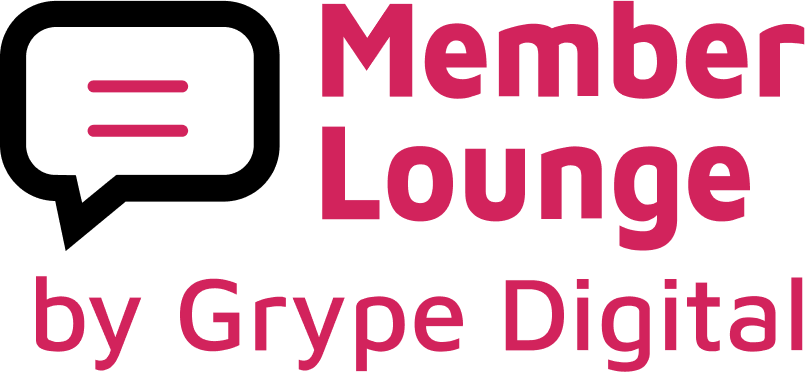Here’s a scenario you might be familiar with: you and your team worked on revamping your association’s website for months. You planned it, you brought it to life and now it’s ready for your members and prospects! You’ve achieved your goal: your website looks better, it is filled with content – but your members are nowhere to be found! You are asking yourself: why is this happening?
There is a short list of meaningful reasons why your members do not visit your website. We are here to help identify why your site isn’t converting and connecting with your audience.
Let’s break down five reasons why your members don’t use your association’s website.
Reason 1
Member Benefits Are Hard to Find
Each member that comes to your website is in a different stage of their career or their journey with your association. They have varying needs at every stage and you want to make it easy for them to find the benefits they are looking for. This allows your members to maximize their membership and appreciate the value in it. Whether they’re looking for events, networking, jobs, the next certification dates, or their membership renewal, it should be clear to your members how to access this information.
Membership Site vs Website
Your prospects anticipate a different experience compared to your members. Utilize your website as a marketing tool to generate new members and business leads. Provide your members with a gateway to access their benefits.
When an association tries to combine its membership benefits on its site alongside its public-facing information, the result is a website that misses the mark for the needs of both prospects and members. This misalignment causes plenty of other issues that may be turning away your members. A dedicated member area, or membership site, should solve this issue for your organization.
Reason 2
Poor User Interface
The first time someone visits your association’s website might be their first experience with you. What would their first impression be? Can they easily find what they need? If your website seems confusing to a first-time visitor, then they may not make it to the second visit.
Navigation
Clear navigation is one of the most important aspects of a great user experience. It should take a user only a few seconds to find what they are looking for. Make sure your main navigation menu is not cluttered and contains links to your most popular pages and benefits. A good rule of thumb is between three to six options. You also want to avoid dropdown menus that hide what your users want to find.
Tip: Find out which pages have the most page visits and put those front and center in your navigation. The pages that are not performing well; your navigation menu can say goodbye to those.
Mobile Responsive
There are currently 6.4 billion smartphone users worldwide, and with the global population at 7.9 billion, that is more than a whopping 80% of the population that relies on their mobile devices every day. Make sure your website works well for mobile devices. Not doing this means you are missing out on a large demographic that could be using your website right now.
Tip: Read What is Responsive Web Design and Why It Matters on our blog to learn more about this topic.
Reason 3
Your Purpose and Value is Not Clearly Communicated
Does your website clearly communicate your association’s purpose, and how the website supports that mission? Is it to gather donations or to provide learning opportunities to your members? Your website’s objective should be loud and clear, and easy for anyone to understand. Who is your website for, how do you want them to feel, and what do you want them to do? Your website’s content should take your users on a journey to the actions you want them to take.
Tip: Keep your target audience in mind when defining your purpose.
Reason 4
Does Not Offer Useful Content
The internet is full of content, and there are likely other associations that offer a similar service as you do. How do you differentiate yourself? How do you make your content stand out and how do you make your users come back for more? How well do you know your audience and what their “why” is? Create content that centers around what your members want and how you can help them reach their goals.
Tip: Use our easy Member Portal Must-Haves Checklist! Know Your Membership Quick Guide & Worksheet for a step-by-step tutorial to understand your audience and create content that speaks to your members.
Give Your Users What They Want
The content on your website is likely all relevant to your association, but is it all of interest to your audience? News such as your association’s awards or your member of the month; are these high-traffic areas? What does your data tell you? What does Google Analytics reveal? When thinking about what content and benefits to create, go for what your members came to you for in the first place. Put these in the spotlight and you’re good!
Tip: Ask your members to weigh in and contribute.
Reason 5
You’re Not Giving Your Members Independence
How do you turn up the volume to get your members actively engaged? They need to have a level of independence that allows them to engage with your member resources and update their membership with ease. They need to find their benefits, enjoy learning opportunities, register for events, connect with other members, and so on. With a member portal or membership site, all of this is achievable. Your members will go from being lost and disinterested to fully engaged and participating.
Get Started
We can help you redesign your website or build your membership site for your association!
To learn more about Membership Sites, join us for our member-engagement webinars!





